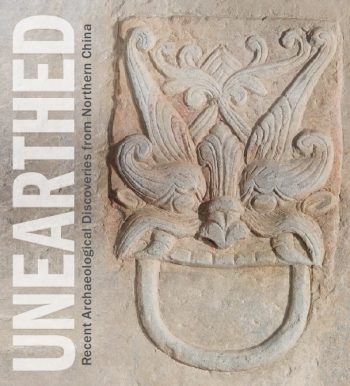
JUNE 16, 2012–OCTOBER 21, 2013
Buddhism and the Afterlife
Some original teachings of Buddhism, particularly a commitment to cremation, conflicted with the well-settled Chinese belief that transition to the afterlife required the preservation of the body for a period of time. In response to concerns of lay followers, Buddhist doctrine was adapted and revised. One shift was the reimagination of Nirvana, the state of enlightenment achieved after death, beyond existence and non-existence, as a place akin to the traditional immortal spirit realms offering the assurance of life after death. Reshaped Buddhist doctrines consistent with reverence for the family and commitment to the continuity of generations helped Buddhism gain widespread popularity. The inevitable adaptation and revision of old traditions led to hybrid practices and beliefs that satisfied the old and the new and resulted in artistic expression derived from many sources.




